Driving Distance Data Shows Golfers Need To Play Shorter Courses
The 2021 Arccos Distance Report gives an interesting insight into the driver distance debate


The driving distance debate is one that many golfers are familiar with. However, this often focuses on the effect on the game of the world's best hitting the ball further. But what of the amateur game - how is driving distance changing among the vast ranks of regular golfers?
Arccos, a company that offers shot tracking technology to regular golfers, has recently analysed the data of its members and published its comprehensive 2021 Driving Distance Report. It includes a number of key indicators, such as median driving distances per player alongside a comparison to others as well as a year-on-year comparison with consideration to the length of golf courses played and just how altitude can impact the figures.
It's important to point out that the data is collected by Arccos through those that use its products and therefore does not relate to any professional Tour. It offers an interesting insight into driving distance among male, female and junior golfers at club level.
In the video below we take a look at the data around how far amateur golfers drive the ball
WHAT DOES THE DATA SAY?
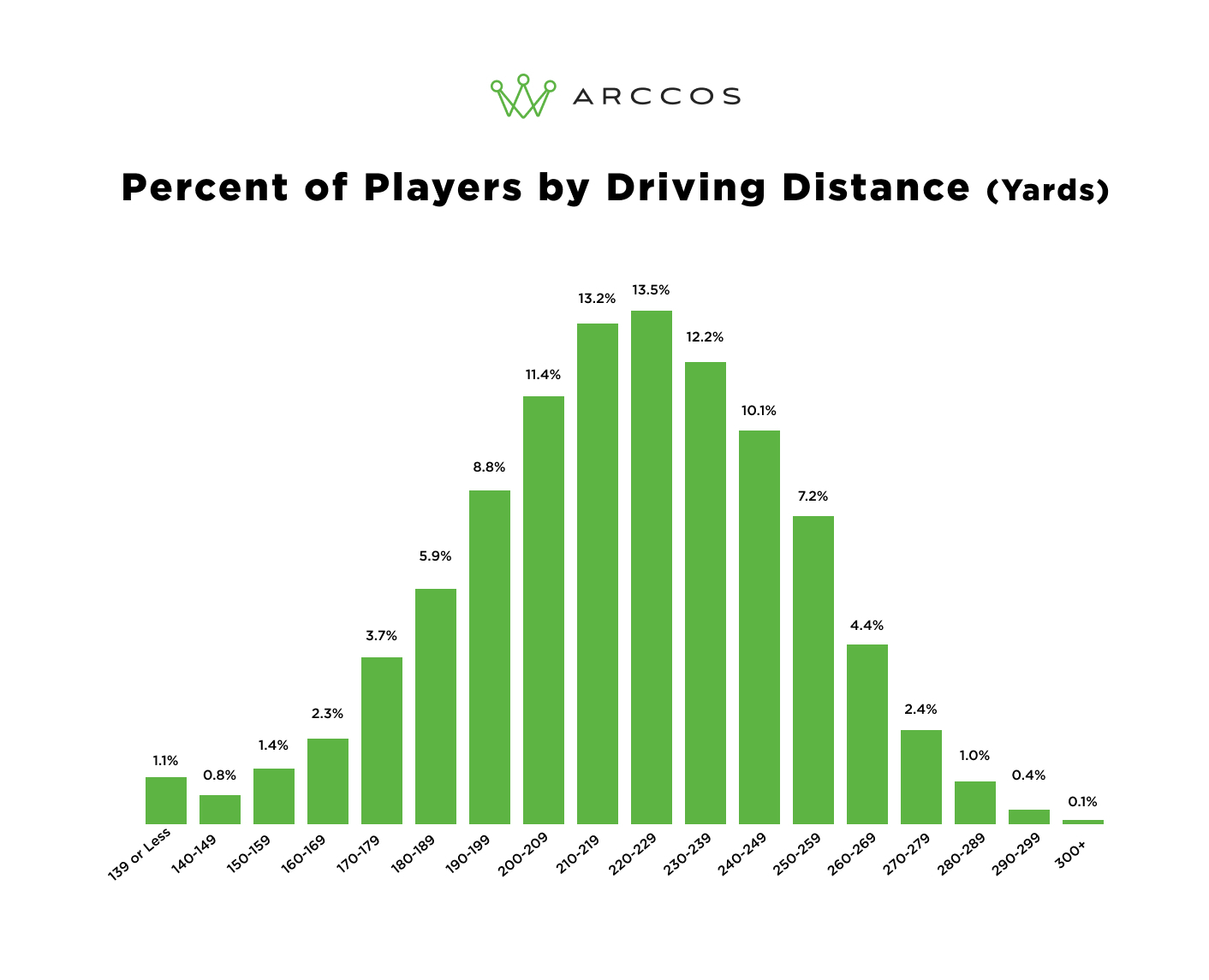
At the top end of the scale, the chart shows that 0.1% of golfers have a median driving distance of over 300 yards with a further 0.4% between 290-299 yards. Whilst not directly comparable, it helps to put into perspective by considering the average driving distance on the PGA Tour is consistently around 296 yards.
Whilst there are certainly long (very long!) hitters within the data set, it is a different story for the vast majority. 50% of golfers have a median driving distance between 200-239 yards with 24% 199-yards or shorter. The conclusion here is that for the vast majority of regular golfers, hitting the ball too far doesn't appear to be a problem!
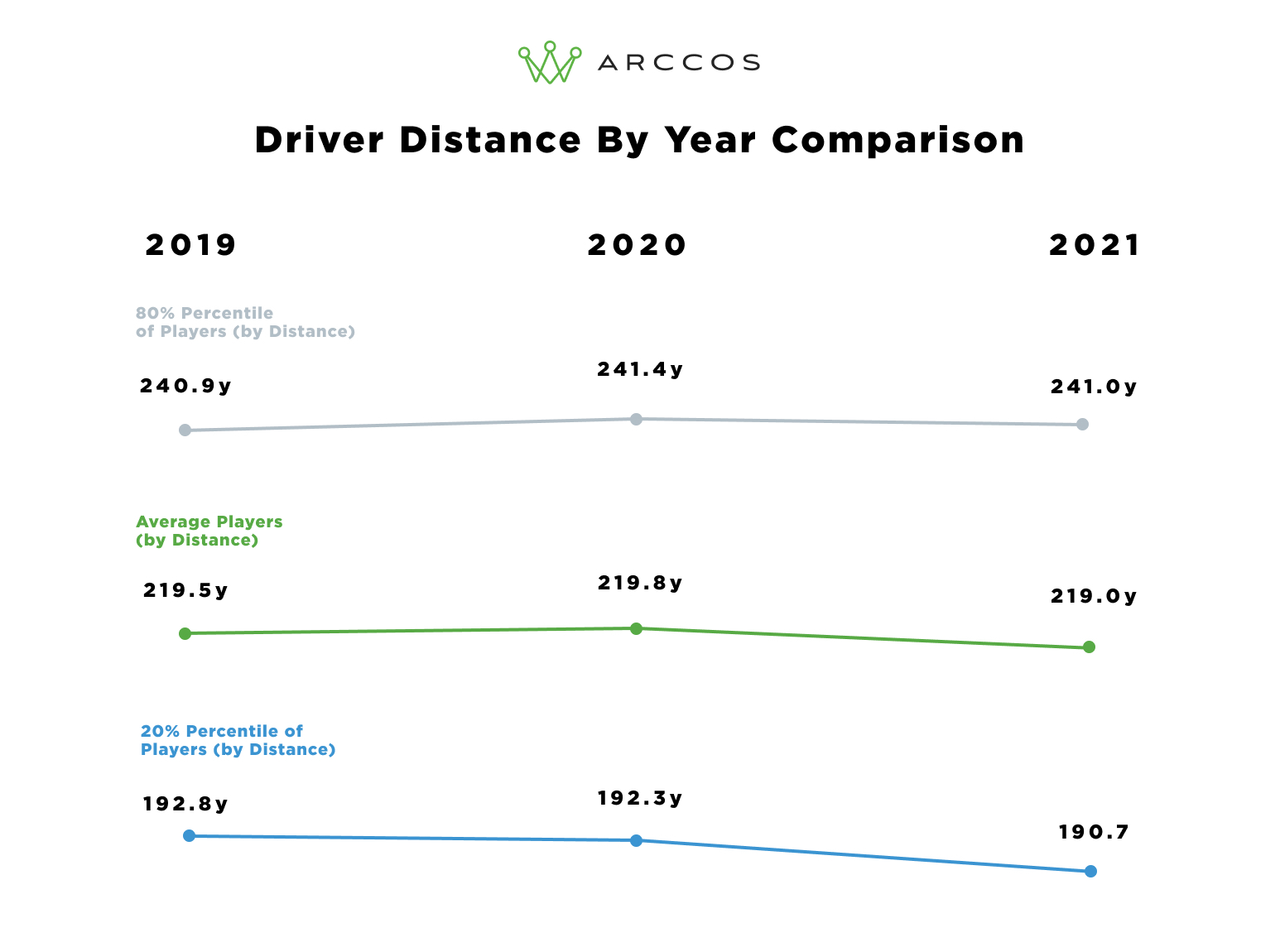
Improvements in driver and ball technology in recent years would have you believe that driver distances are increasing at all levels of the game but this data casts some doubt over this assumption.
Get the Golf Monthly Newsletter
Subscribe to the Golf Monthly newsletter to stay up to date with all the latest tour news, equipment news, reviews, head-to-heads and buyer’s guides from our team of experienced experts.
Here shows that in the 80th percentile, which is a player that is longer than 80% of players within the same data set, driver distance has stagnated over the last three years. There is also a consistent state among average length drivers too.
Perhaps most interesting is that in the 20th percentile, driver distance has continued to drop over this period, albeit, marginally.
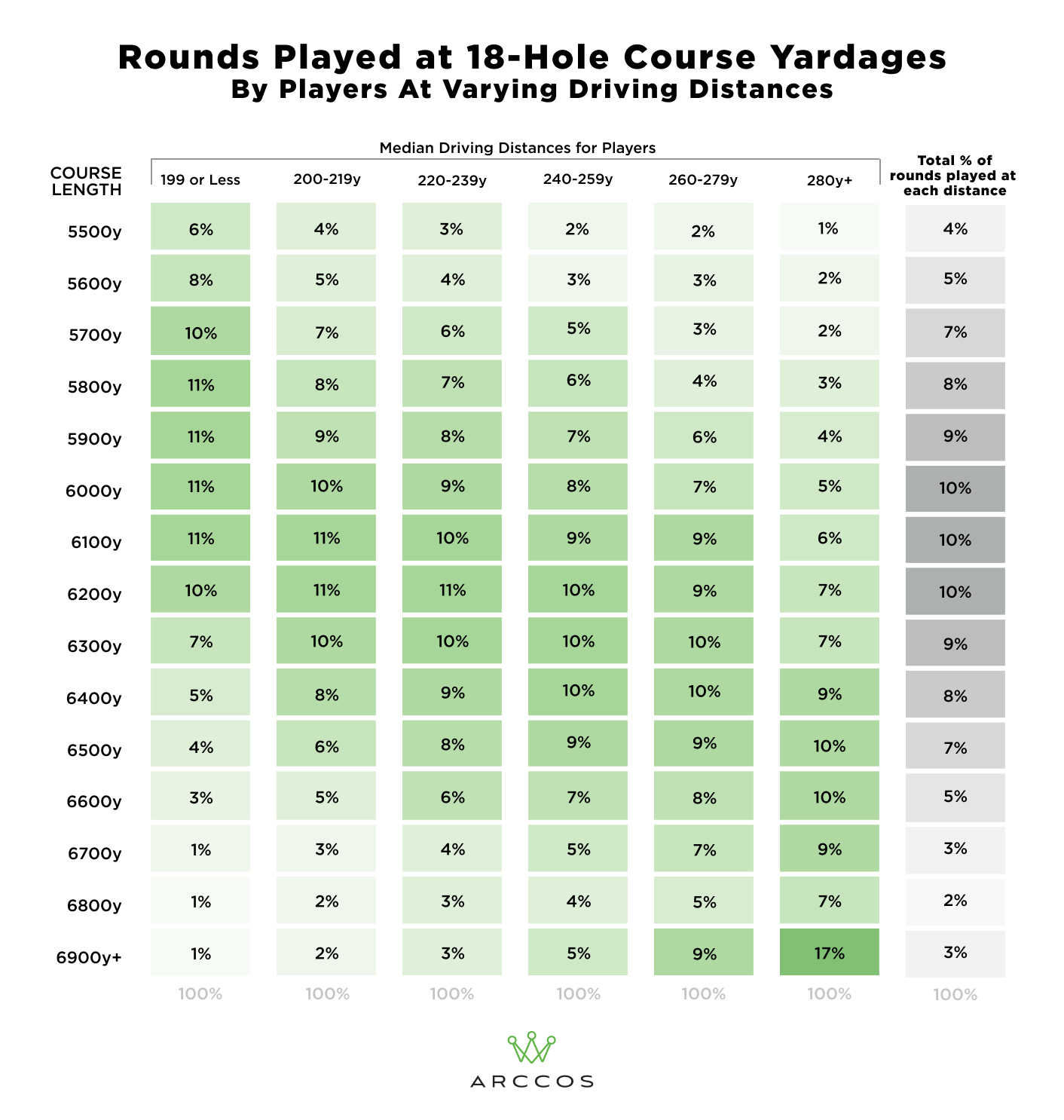
Based on the median driving distance for a player, Arccos looked at each round they played. From there, they categorised players by how far they hit the ball while referencing the percentage of their rounds played across different course lengths.
3% of all rounds are played at 6900 yards or longer and with 17% of those with a median driving distance greater than 280 yards. Long hitters like to play longer courses.
That said, nearly 50% of golfers with a median driving distance between 200-219 yards, and 32% of golfers with a median distance 199-yards or less are playing golf courses of 6200 yards or more. This would suggest they are playing the course from the wrong tees and should move forward.
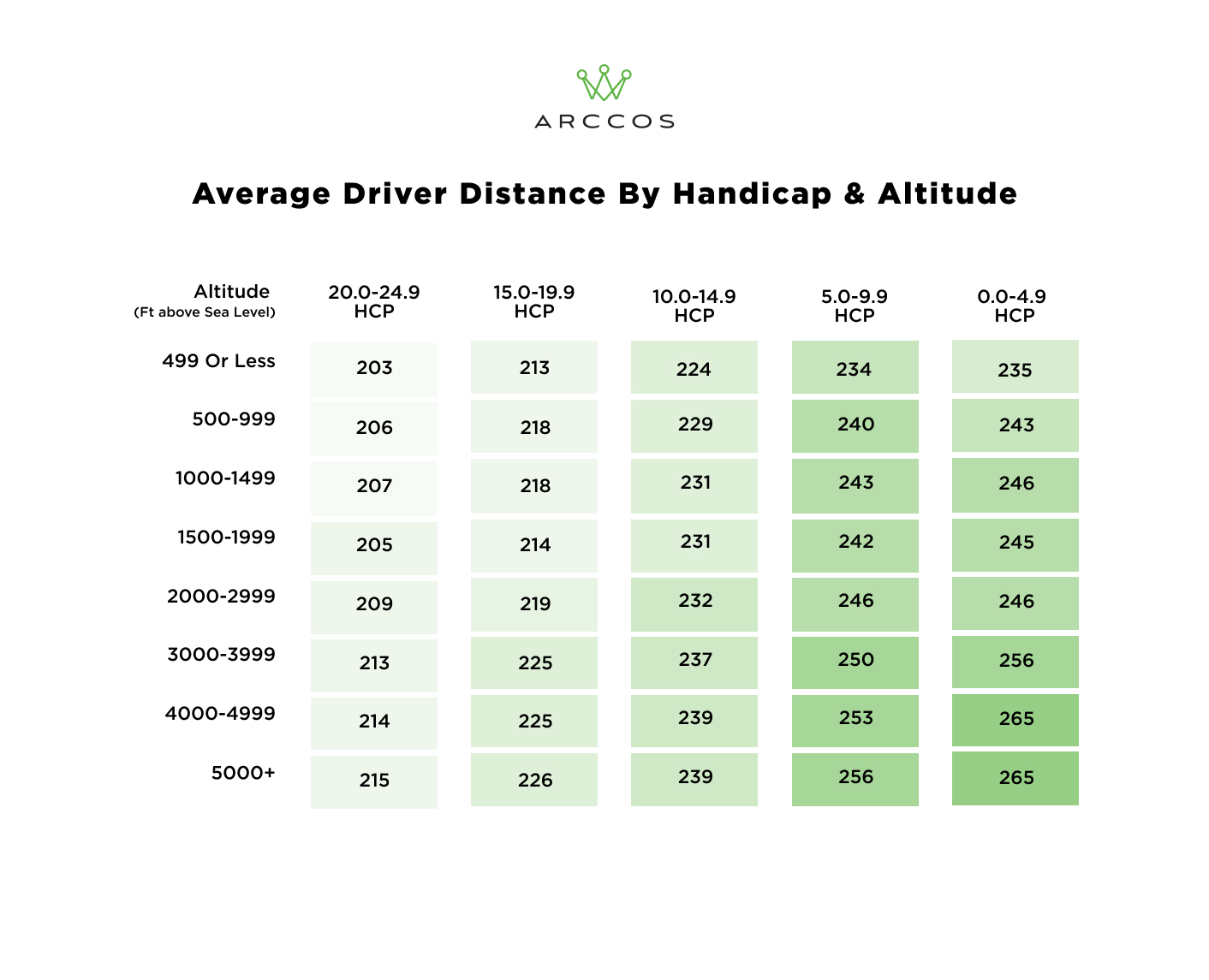
Altitude has a significant impact on the total carry distance of a golf ball. For every 1,000 feet above sea level, the ball travels approximately 2% further than it would at sea level. This is supported in the Arccos data set.
What stands out particularly is how playing at greater than sea level has a significant impact on longer hitters than it does shorter hitters; largely with longer hitters having a longer carry distance and more optimised launch angle.
Across all handicap indexes, playing at a golf course greater than 5000 feet above sea level resulted in an average driving distance increase between 13 and 30 yards.
Here is how the data was captured:
- A player needed to hit at least 60 shots WITH DRIVER in the calendar year
- There were 29,466,594 total shots hit in the data set
- Arccos calculated each player's median distance with driver for that calendar year
- They then looked at the median distance across all players at the player level, not the shot level
- At the player level, the median was used to limit the impact of any outliers
- The 20th and 80th percentiles were used simply to give an idea of how far a 'longer' hitter hits the ball (80th percentile) and how far a shorter hitter hits the ball (20th)
Related: Earlier in March, the USGA and R&A sent an official notice to equipment manufacturers, detailing new areas of interest in the distance debate, in a bid to stop the ever increasing trend of further drives and lengthening of golf courses.

James joined Golf Monthly having previously written for other digital outlets. He is obsessed with all areas of the game – from tournament golf, to history, equipment, technique and travel. He is also an avid collector of memorabilia; with items from the likes of Bobby Jones, Tiger Woods, Francis Ouimet, Arnold Palmer, Lee Trevino, Adam Scott and Ernie Els. As well as writing for Golf Monthly, James’ golfing highlight is fist bumping Phil Mickelson on his way to winning the Open Championship at Muirfield in 2013. James grew up on the east coast of England and is the third generation of his golfing family. He now resides in Leeds and is a member of Cobble Hall Golf Club with a handicap index of 1.7. His favourite films are The Legend of Bagger Vance and Tin Cup.
-
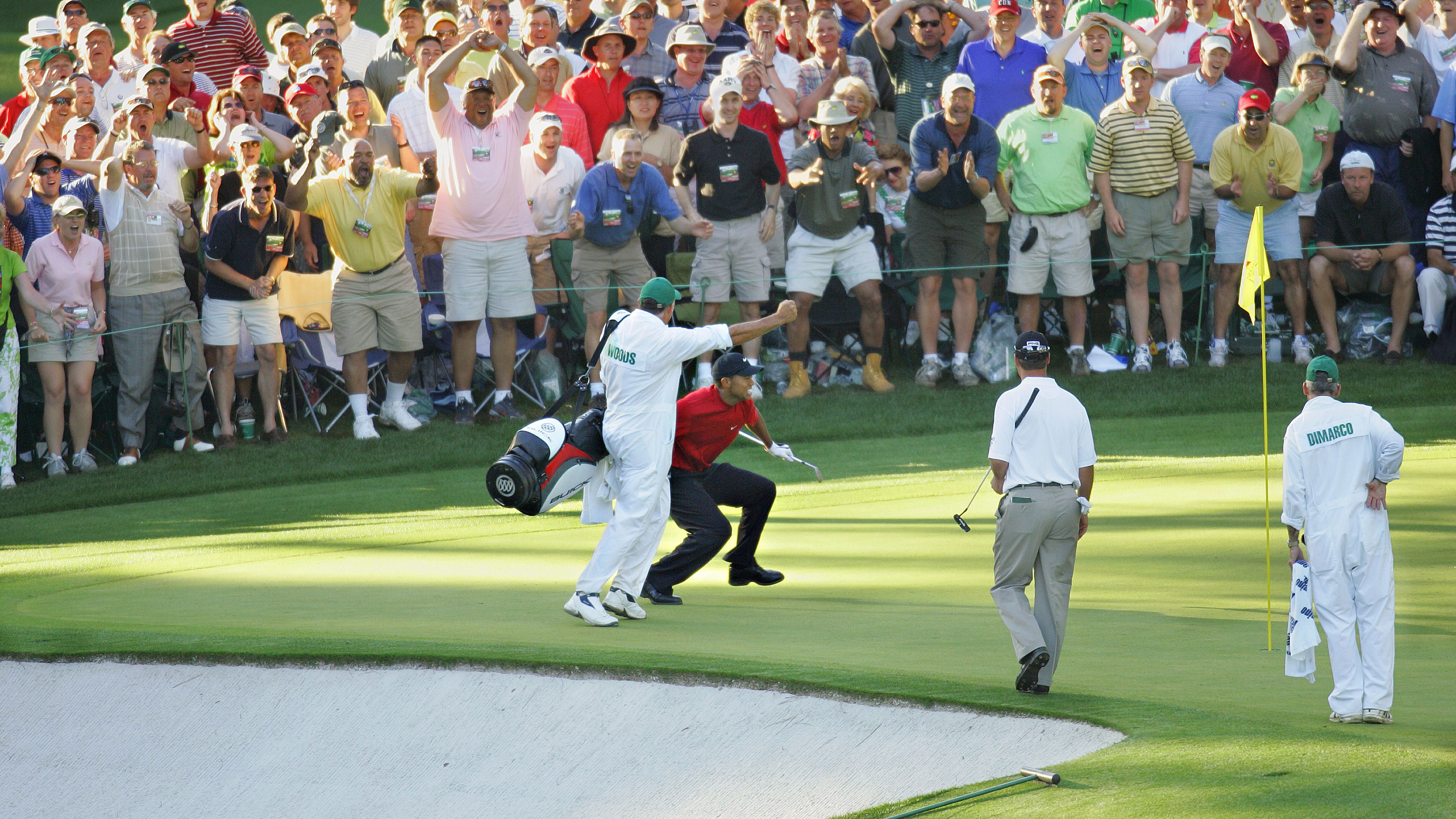 'Genuinely Shocking, I Just Spat Out My Coffee' - Masters Fans Surprised As Traditional Sunday Pin Switched Up For Final Round
'Genuinely Shocking, I Just Spat Out My Coffee' - Masters Fans Surprised As Traditional Sunday Pin Switched Up For Final RoundThe hole locations for the final round of the Masters have been released - and they've got a lot of people talking
By Michael Weston Published
-
 I’ve Been To The Masters On Practice And Tournament Days… Here Are The Pros And Cons Of Each
I’ve Been To The Masters On Practice And Tournament Days… Here Are The Pros And Cons Of EachEvery day at Masters week is special, but certain days can be marginally better than others
By Michael Weston Published